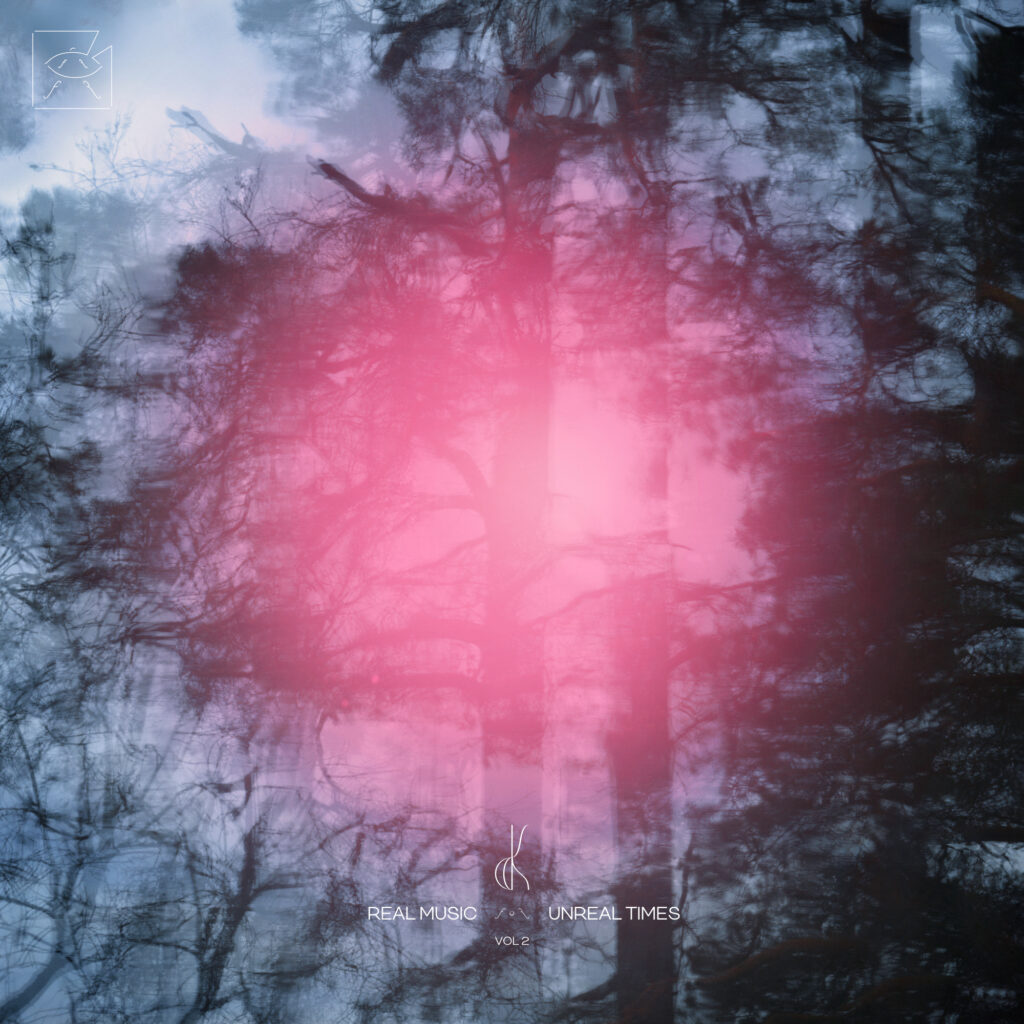Imagine two different instruments — for example a double bass and a tuba — playing the same melody. Same register, same volume, yet a totally different feeling. Then imagine the same song played with a marimba, and a monophonic acid bass synth. Even though the song’s melodic content stays the same, the feeling is almost magically transformed into something else by changing the timbre.
Because I’m working with an instrument that has a limited number of tones (bass note + 8 or 9 notes), I have to explore not only the percussive side of the instrument, but also the timbre. Luckily my instruments (both by Victor Levinson) have a wide dynamic and timbral range. I can make the sound thin and metallic or full with body, depending on how I play the note. This is an area that I have been exploring lately: the effect of timbre to melody and rhythm.
The cupola is often played as repeating and varying arpeggios with a strong emphasis on the bass note as pedal drone. For me, the depth is often found in the dynamic expression and not so much in the melodic content. The change in the spectrum of a note can be quite significant, depending on how I activate the note. In fact, the actual composition often seems to happen beyond the melodic or the rhythmic content. Also, this is why I have huge respect to instrument builders, who pay close attention to the timbre of their creation. It’s not enough to get the harmonics tuned right. The depth comes from understanding the sound and timbre as the basic ingredient of a musical composition. The instrument has to be capable of producing more than one version of a melody or a rhythm.
If timbre is one of the basic elements in my music, space is another. The same performance can also sound very different in different spaces: the acoustics of a church give a totally different feeling than a living room. I like to approach space not as a condition, but as an element of composition. For example, the street atmosphere has a huge effect on how I play when I busk.
In my experience, timbre and space are explored more wildly in the field of sound art than of music. I remember reading somewhere how Brian Eno wondered some 30 or 40 years ago if you could learn to listen to a random field recording as a musical composition. Experiments showed him that it was totally possible. That also means that we can learn to listen to any timbre or space as music.
So, the question is: is there a hidden language of timbre and space (like there is of melody/harmony and rhythm) that we can develop and learn?




